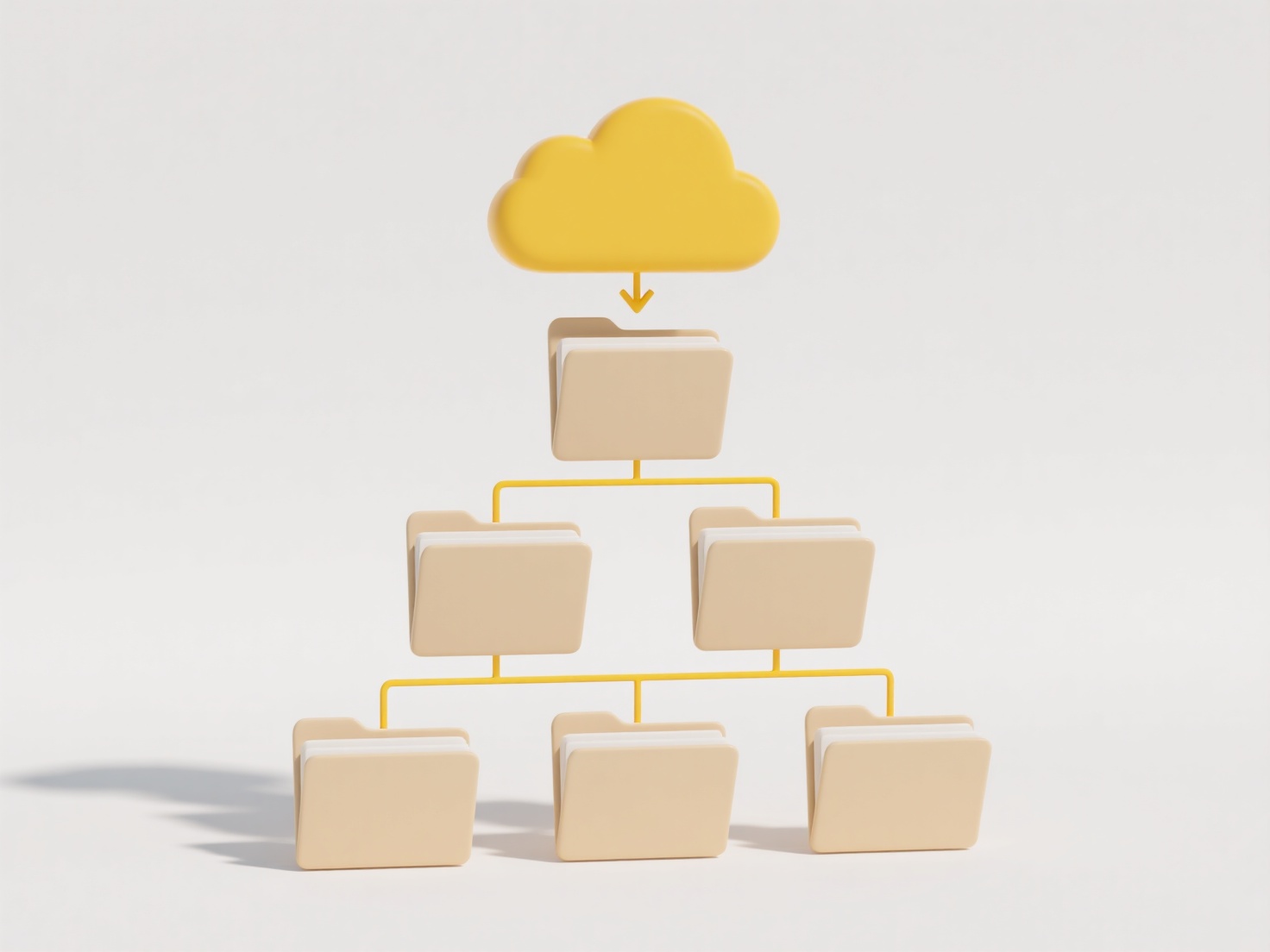
Preventing users from renaming shared files means implementing access controls that specifically deny modification rights to the file name. It differs from simply sharing a file read-only, as you are granting users the ability to open and view the content, but explicitly blocking actions that alter the file's core properties, such as its name. This restriction ensures the file remains consistently identifiable within the shared location.
This is managed through permission settings on the platform hosting the shared files. For instance, cloud storage services like Google Drive, Microsoft OneDrive, or Dropbox allow owners to adjust sharing permissions to "Viewer" or "Read-only," preventing collaborators from renaming files. Similarly, system administrators on network file servers (e.g., Windows Server with NTFS permissions or Linux systems with ACLs) can configure user or group permissions to grant "Read" access without granting "Modify" or "Full Control" rights.

The primary advantage is maintaining file organization and preventing confusion when a critical document's name changes unexpectedly. This is vital in professional settings for workflow consistency and data governance. However, a limitation is that users who genuinely need to organize files locally must make copies, potentially leading to version confusion. As technology evolves, platforms offer more nuanced permission sets to balance control with collaborative needs.
How do I prevent users from renaming shared files?
Preventing users from renaming shared files means implementing access controls that specifically deny modification rights to the file name. It differs from simply sharing a file read-only, as you are granting users the ability to open and view the content, but explicitly blocking actions that alter the file's core properties, such as its name. This restriction ensures the file remains consistently identifiable within the shared location.
This is managed through permission settings on the platform hosting the shared files. For instance, cloud storage services like Google Drive, Microsoft OneDrive, or Dropbox allow owners to adjust sharing permissions to "Viewer" or "Read-only," preventing collaborators from renaming files. Similarly, system administrators on network file servers (e.g., Windows Server with NTFS permissions or Linux systems with ACLs) can configure user or group permissions to grant "Read" access without granting "Modify" or "Full Control" rights.

The primary advantage is maintaining file organization and preventing confusion when a critical document's name changes unexpectedly. This is vital in professional settings for workflow consistency and data governance. However, a limitation is that users who genuinely need to organize files locally must make copies, potentially leading to version confusion. As technology evolves, platforms offer more nuanced permission sets to balance control with collaborative needs.
Quick Article Links
How do I change file permissions on a Mac?
Changing file permissions on a Mac controls who can read, edit, or execute a file or folder. Permissions are defined for...
Why does the presentation look different on Mac and Windows?
Presentation appearance differences between Mac and Windows stem primarily from how each operating system handles fundam...
How do I rename scanned PDF files based on content?
Renaming scanned PDF files based on content involves using Optical Character Recognition (OCR) technology to extract rea...